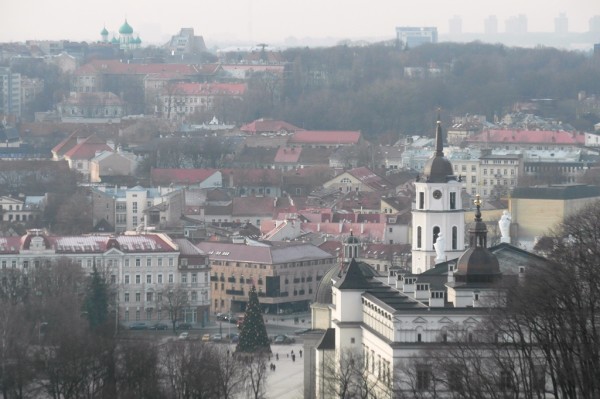Spending nearly two weeks in Vilnius, I felt like I had a great chance to get to know this Baltic capital and it quickly became my favorite of the three. I was also fortunate to be provided with a 72-Hour City Card from the Vilnius Tourist Information Centre, which gave me the motivation and opportunity to visit far more sites that I probably would have otherwise.
1. Day trips
Vilnius enjoys a great location that makes for easy day trips outside of the city. I took three while I was there – to Trakai, Kaunas and Siauliai. While the latter (to see the Hill of Crosses) is probably better done from Riga, it was still a highlight of my time in Lithuania. The castle at Trakai really does look like something out of a fairy tale and, unlike many castles, it has a lot of substance with extensive museum exhibits within the rooms of the castle. Kaunas not only had a cute old town and nice pedestrian mall, but I discovered it has a bit of a grim history as well. Just outside of town, I toured the Ninth Fort, which was used as a way-station for prisoners going to labor camps during Soviet times and as a place of execution for Jews and other captured Soviets during the Nazi occupation.
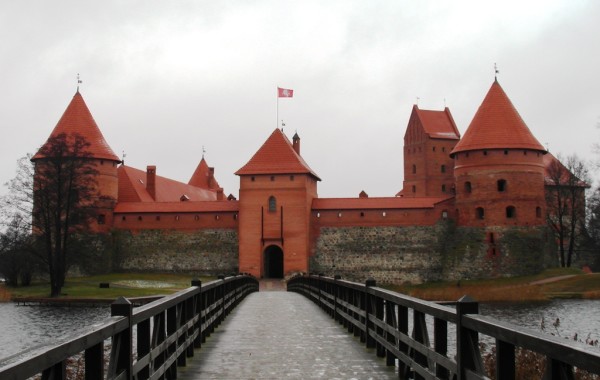
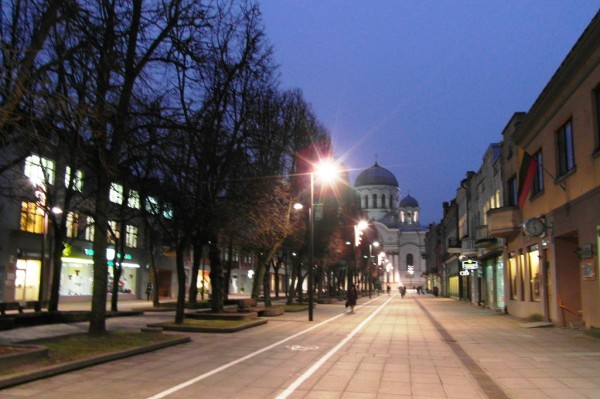
2. Museum of Genocide Victims
I can’t really say this was an enjoyable experience, but it was quite educational and interesting. Housed in the former KGB building in Vilnius, the museum showcases the history of repression by both the Nazis and the Soviets against Lithuanian citizens. The exhibits flow chronologically, beginning in the late 1930s and continuing through Lithuania’s struggle for independence in the late 1980s. Extensive English descriptions are provided and an audio guide is available as well.
In the basement of the museum, you find nineteen rooms of the former KGB prison, left just as they were when the KGB deserted the building in 1991.They include solitary confinement and interrogation cells, as well as a small outdoor courtyard that was used for prisoners to exercise.
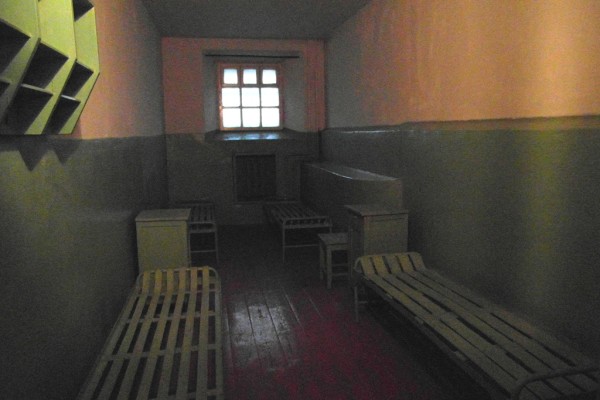
3. The Old Town
I loved Tallinn’s Old Town for its atmosphere and people-watching. I adored Riga’s Old Town for its architecture and cute squares around every corner. My love of Vilnius’ Old Town is a bit different. Larger than the other cities, it provided more opportunities to wander and get lost without really getting lost. Every day, I seemed to find a new route back to my hostel, but always passing through the Gates of Dawn – certainly tops when it comes to old town entrances. And situated both on a river and at the foot of Gediminas Hill, Vilnius’ historic quarter was overall the most scenic, with multiple (free) lookout spots.
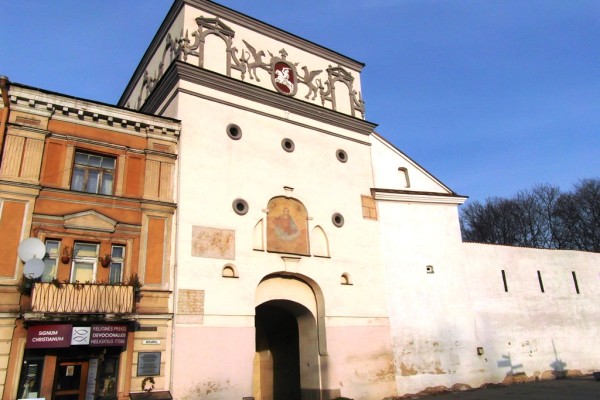

4. Stebuklas tile
This is probably the smallest sight to see in Vilnius, but to me it was one of the most memorable because of the story and meaning behind it. The word “stebuklas” means “miracle” in Lithuanian and the placement of the tile on Cathedral Square in Vilnius’ Old Town marks one end of the human chain that stretched between Tallinn, Estonia and Vilnius (passing through Riga, Latvia as well) on August 23, 1989 to protest the Soviet occupation of the Baltic States. I haven’t checked, but I wouldn’t be surprised if it goes down as the largest peaceful (and ultimately successful) protest in human history. Approximately two million people joined hands to form the human chain that covered 370 miles – kind of like forming a chain from Chicago to Minneapolis. Thinking about the amount of coordination needed to pull of such a feat just boggles my mind.
Additionally, word is that if a person steps on the tile and turns around three times, his or her wish will be granted. Of course, I tried this out and I assure you, I was not the only one.

5. The Vilnius Tourist Information Centre
Okay, yes, they sponsored me for a portion of my trip but even if they hadn’t, I would be raving. They have multiple locations in the city, staffed with friendly folks who speak strong English. Dozens of informational brochures are available in a variety of languages – English, Lithuanian, Russian, German and Polish as I recall. In addition to the standard “what to see in Vilnius” brochure, they had smaller pamphlets highlighting different themes throughout the city – for example, Jewish Vilnius or the Lithuanian Road to Statehood. But what I loved the most – and reviewed earlier – was the audio guided tour of the city. With over ninety stops and a plethora of interesting commentary, it gave me a much deeper look into the city than I typically get.
Not to mention, I got a pleasant surprise when I returned the comment card that was included with the brochure for my City Card – a free gift of a travel-sized sewing kit. That is what I call a thoughtful tourist office!
Have you been to Vilnius or other parts of Lithuania? What were your highlights?

